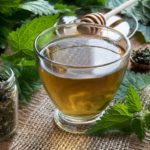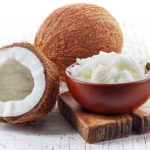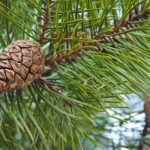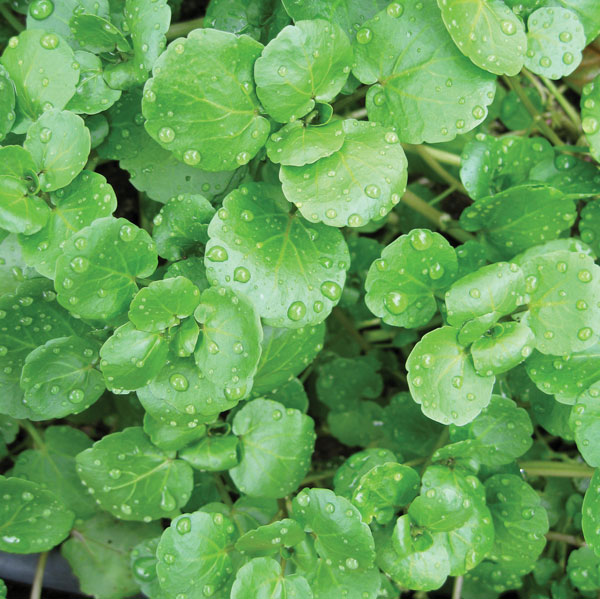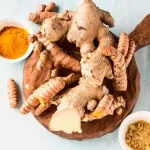Health Benefits of Nasturtium
One of the outstanding nasturtium health benefits is its capability to produce a natural antibiotic substance which is quite beneficial for overall health. It is indeed one of the plants for infectious diseases because it is a natural antibiotic of proven effectiveness.
It is known that various antibiotics used in therapeutics are made available by bacteria and fungi. However, nasturtium is one of the plants that is somewhat superior and known to have what it takes to produce a natural antibiotic.
What should you know about nasturtium?
Nasturtium is an herbaceous plant (annual) belonging to the Tropaeolaceae family. Its growth seems like that of a creeper. The leaves are round, having five groins and with a beautiful exuberant orange flowers.

The parts of the plants used for medicinal purposes are the leaves, the fruits and the flowers. Therefore, with the leaves, flowers and the fruits you’re on your way to maximizing all the nasturtium health benefits.
As a plant that is capable of producing a natural antibiotic, it presents these advantages over conventional antibiotics.
- Nasturtium natural antibiotic does not kill or destroy the bacterial flora that resides in the digestive conduct. It never produces intestinal decomposition or diarrhea.
- The application of nasturtium is always comfortable and easy. That is to say that it can be ingested in the form of salad vegetable and the good thing is that it has a pleasant flavor like the mustard’s. It does not require injections or suppositories.
- It does not produce allergic reactions unlike other antibiotics.
Also see: Health benefits of Chicory
Properties and Indications of Nasturtium
Every part of this beautiful plant contains a sulphur glycoside, glucotropaelin which produces an essential oil with active antibiotic properties. The action of an enzyme known as myrosine which is also contained in this plant brings about the powerful antibiotic effects. When mashing or breaking the plant, it is somewhat liberated.
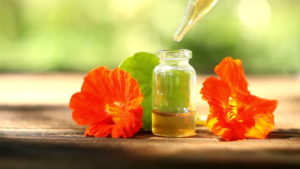
The essential oil goes straight into the blood after taking the plant and then got rid of through the urinary and respiratory systems. Immediately the essential oil gets to the organs, they attain a higher concentration and this is where it begins its antimicrobial actions by halting bacterial reproduction and growth.
Two basic applications of Nasturtium
The two (2) most important nasturtium applications are as follows:
- Respiratory system infections
- Urinary system infections
Respiratory system infections
A French phytotherapist physician Dr. Leclerc stated that nasturtium use lets those suffering from bronchitis experience a greater fluidity. One of nasturtium health benefits is that it is quite beneficial in cases of cold and influenza.
It reduces bronchi congestion thereby easing coughs. The use of this plant is beneficial in cases of pharyngitis, sinusitis, rhinitis and both chronic and acute bronchitis.
Urinary system infections
Among nasturtium health benefits is action on infections of the urinary system. In cases of Pyelonephritis and cystitis (urinary bladder), according to Dr. Schneider, after consuming a nasturtium salad its active principle with the action of antibiotic will still be noticed in the urine. This happens nine hours after eating nasturtium salad.
Other properties regarding nasturtium health benefits
Apart from the above mentioned applications or properties and indications, nasturtium has the following antibiotic properties.
- Promoting skin functions
- A menstrual regulator
- Aphrodisiac
- Invigorating
Promoting skin functions
Nasturtium richness in sulphur content when locally applied presents an effect of cicatrization on wounds and sores. It does the following:
- It stimulates the hair bulb
- It revitalizes the hair and helps it grow
- Regeneration of the skin
- Brings smoothness to the dry skin
One of the outstanding nasturtium health benefits is its use in hair-loss treatments.
To maximize this property, one should shave the head before applying it.
READ ALSO: Fruits for Kidney Patients
A menstrual regulator
In order to normalize the menstrual cycle, try getting a sitz bath with nasturtium fruits balance or the flowers. It’s also one of the nasturtium health benefits.
Aphrodisiac
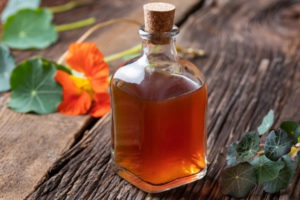
Nasturtium has aphrodisiac effects. It is also called the love flower. However, with a certain base. You can use decoction or infusion when targeting its aphrodisiac effects.
Invigorating and Tonic
Nasturtium is quite high in vitamin C, it quite invigorating and tonic. About 100 grams of nasturtium fresh leaves give about 285 mg (vitamin C). Eating nasturtium salad will avail you this particular property.
Preparation and Use of Nasturtium
Internal Use
- Decoction or infusion: infusion prepared with about 40 grams of nasturtium flowers, leaves and fruits with a liter of water. Every four (4) hours, drink one cup.
- Salad: To prepare nasturtium salad, use the flowers and leaves that are quite tender. It goes well with lettuce and the effect is very appetizing and invigorating.
For external use
- Lotions: Take about 30 grams of nasturtium flowers, leaves and also the fresh seeds. Allow steeping in cold extract in 1/2 liter of ethyl alcohol (96%) for over two (2) weeks. Add about ten to twelve leaves of nettle to the cold extract, add five leaves of boxwood and also one spoon of rosemary.
Strain and use the resulting liquid to rub the scalp.

It is said that nasturtium health benefits have shown to be one of the most effective antibiotic plants used for the treatment of urinary and respiratory systems infections.
It is also used in making shampoos which is good at revitalizing the hair.
According to Practical Self Reliance it used in treating kidney infections. Such a beautiful plant with awesome flowers!

A graduate of Computer Science and Information Management Technology. Diploma – Caregiving, Certificates – Dementia and Diabetes Awareness and Management. A researcher, blogger, songwriter, singer and acoustic guitarist. Born in an environment where natural talents such as healing are imparted at our natural birth. This natural talents of healing is the result of our genetic inheritance and the training from family environment.


